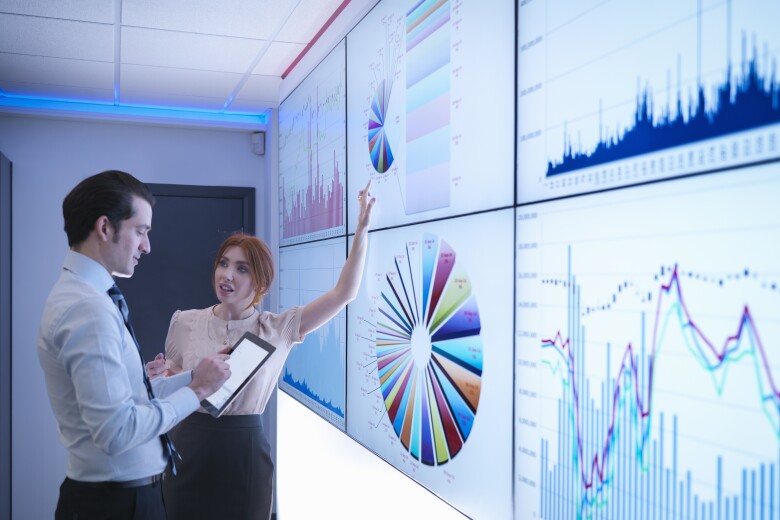Observations from a mobility-challenged attendee and how it relates to our health system
As a mobility challenged HIMSS attendee, I have three observations to make:
- Transitions are complex, especially when you are dependent on others
- People can be extremely helpful and empathetic when you are sick or injured
- If you are not at eye-level – you can get lost in the crowd

No one likes being a patient; it inherently means that we are not healthy. Unfortunately, about four weeks before HIMSS, I managed to break my ankle (technically the lower end of my fibula). The good news for me was – clean break, no surgery. However, I needed to be non-weight bearing on the left foot for at least 6 weeks. Hence, I arrived at HIMSS as a mobility-challenged patient.
First, getting to and from HIMSS was like a complex set of “transitions”. Since I am not allowed to drive, figuring out how to get from my home in Massachusetts to my hotel in Vegas required some advanced planning. That involved a curbside pickup at Boston Logan Airport to the plane door, transport to my connecting flight in Detroit, and then from the plane to baggage location and cab hailing in Vegas. What I found truly remarkable was that at every transition point, there was someone there waiting who knew who I was and what I needed.
Can you imagine this same seamless journey if I were to go from an acute care hospital to a skilled nursing facility? We still do not have the systems and processes in place – including the information transfer to make sure the receiver has the information they need to make that transition easy for the patient. I will admit that I was in a closed system (i.e. I did not change airlines mid-journey), but even so, If I had communicated in advance, I still would have had relatively smooth transitions.
Walking at HIMSS is hard enough if you have two feet, but trying to work through the logistics as a uniped became a challenge. I was able to rent an electric scooter at my hotel, which made getting from one end of the HIMSS showcase to the other a lot less daunting.
However, there are still so many challenges and activities that you can’t do easily without someone else helping you. Simple things like getting food from either a buffet table or a food cart, finding a place to sit or park in a crowded room, or finding the nearest elevator. I am so thankful to the many people – including total strangers – who took it upon themselves to help me with all these basic things. Inpatients have the same challenge. They rely on total strangers (albeit paid) to have compassion, empathy and time to help them when they can’t help themselves. This becomes harder if you are not adept at self-advocacy. We should all learn how to meet people where they are at, an important skill we can all improve upon.
Existing “under the radar” was by far the hardest part of my disability. When you are not at eye level in a big crowd, people often don’t see you. As I moved along with the crowd in my electric cart, I was often afraid that I would hit someone. Fortunately, the only thing I hit the whole time was a sign. However, I was truly surprised at how many people either walked into me (i.e. my cart) or cut in front of me because they didn’t think I was “in line”. Right now in the healthcare industry, we have so many patients who are under the radar. Our hope is that through population health management, and bringing together all the information needed about the patients in the population, we get care for those that currently function under the radar.





























